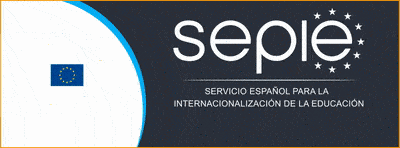Saku Gümnaasium Estonia
The Saku Gümnaasium school is located in Saku (Estonia). It is a public center of secondary education. We have two buildings. We have 1315 students between the ages of 12 and 20, and 92 teachers. Our center is structured in the following areas of knowledge: Art and History, Science, Technology, Information Technology and Languages.

We promote and support varied extracurricular activities for the development of our students: we teach courses in ceramics, carpentry, joinery and folk songs. Which allows us to collaborate and involve artisan associations in the area. Some of these workshops are taught by members of these associations. At the end of them we organize local competitions.
This is the Website https://www.saku.edu.ee/
. We are convinced that, with this project, our teachers will acquire key competences in the field of: collaboration; teamwork; planning; organization; management; communication and a number of very important social skills that will be decisive not only for the successful implementation of the project but will remain in our school and help us modernize it. The motivations we had to participate in this association were several. On the one hand, we think that it aligned with our idea of preserving our cultural and natural heritage. On the other, that solved a lack that we have, but that we want to correct with this project, because we would like to learn in areas linked to new technologies (3D printing and virtual reality).
Where is Saku Gümnaasium Estonia?
The rationale is that at the dawn of the fourth industrial revolution we have to provide our students with the ICT tools and business skills necessary to survive, but at the same time, we must preserve ancestral trades that are at risk of disappearing due to globalization. . We believe that the proposal of this Erasmus project to integrate ICTs into these trades, to make them more competitive, is a way to preserve them and ensure their survival.
Our educators have the following experiences and capacities with which they contribute to the project: – We have a powerful department in plastic arts and crafts. – Our experience in networking (we collaborate with artisan associations in the area and organize competitions and fairs with them). We developed a network with the local circle of artisans in a local project that we lead on “multiculturalism and ethnography: past and future”. – The rest of the team is very active, participatory and with a high level of English. – We contribute to this consortium our experience in natural, cultural and historical heritage conservation programs.



About the author